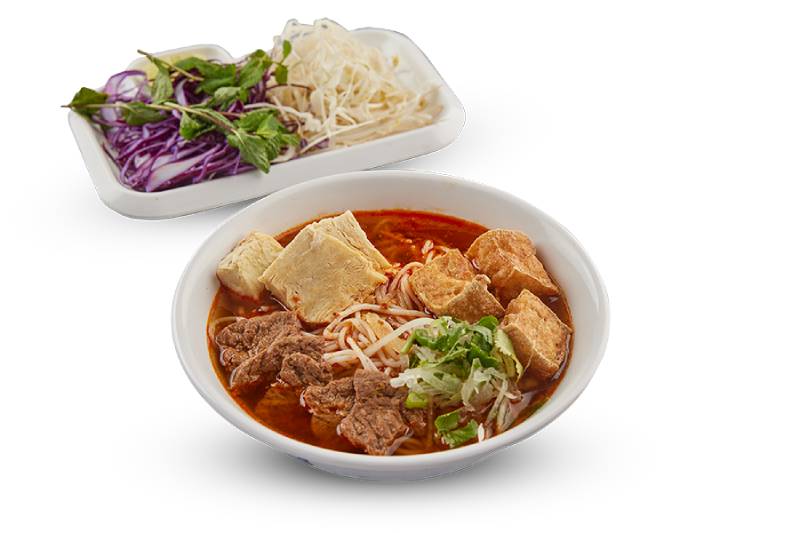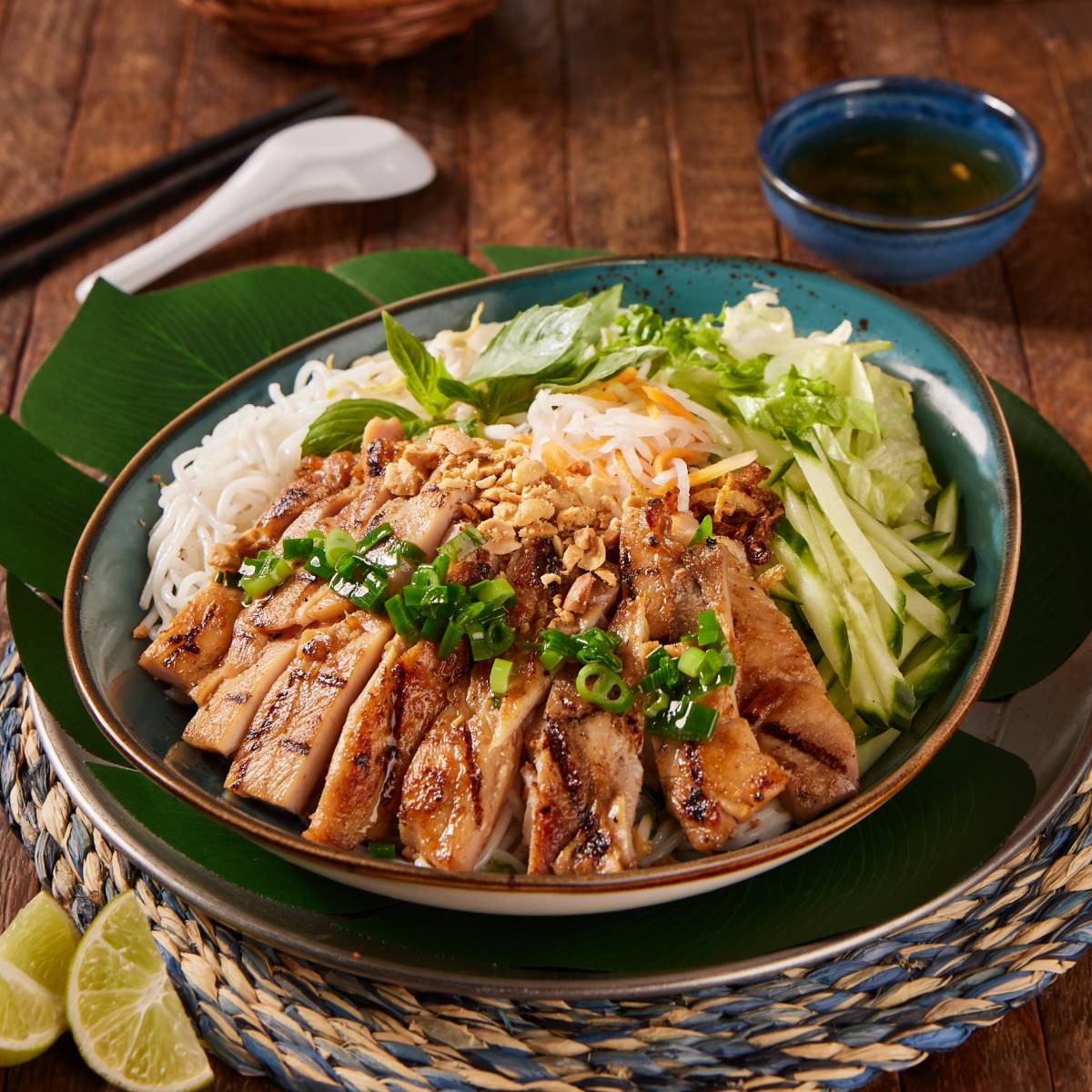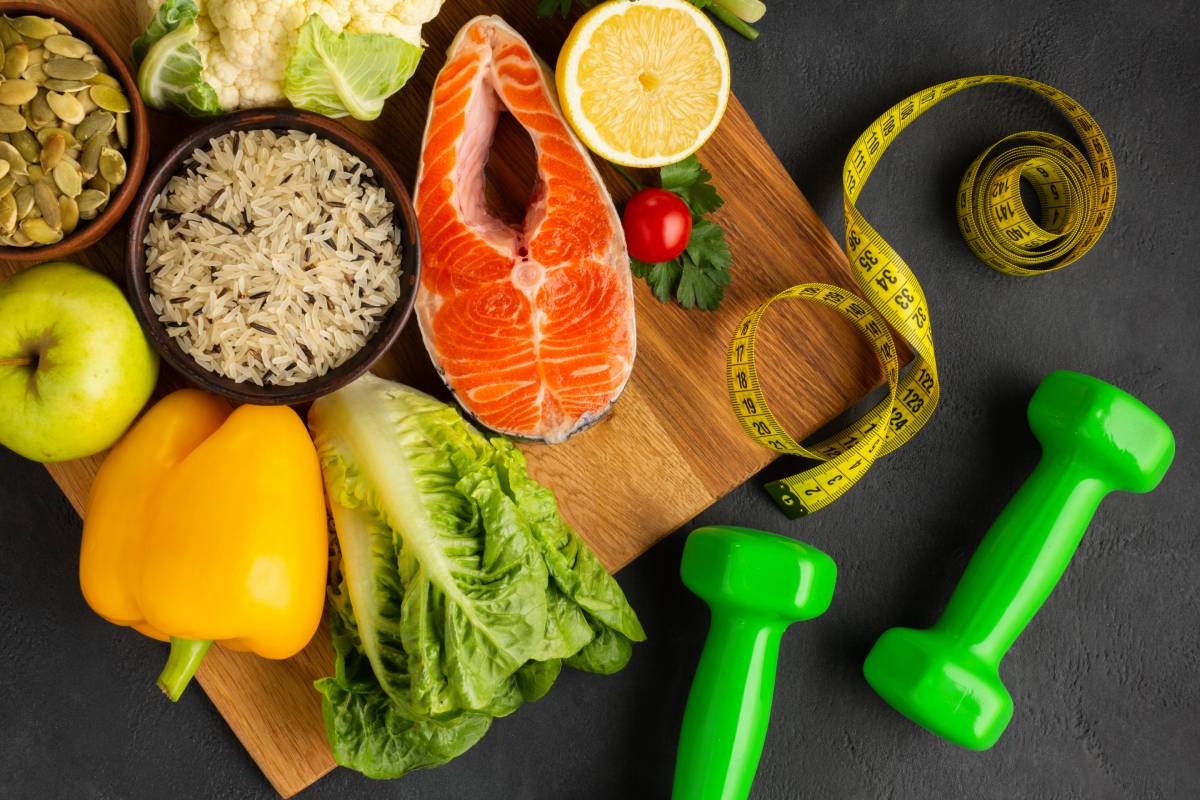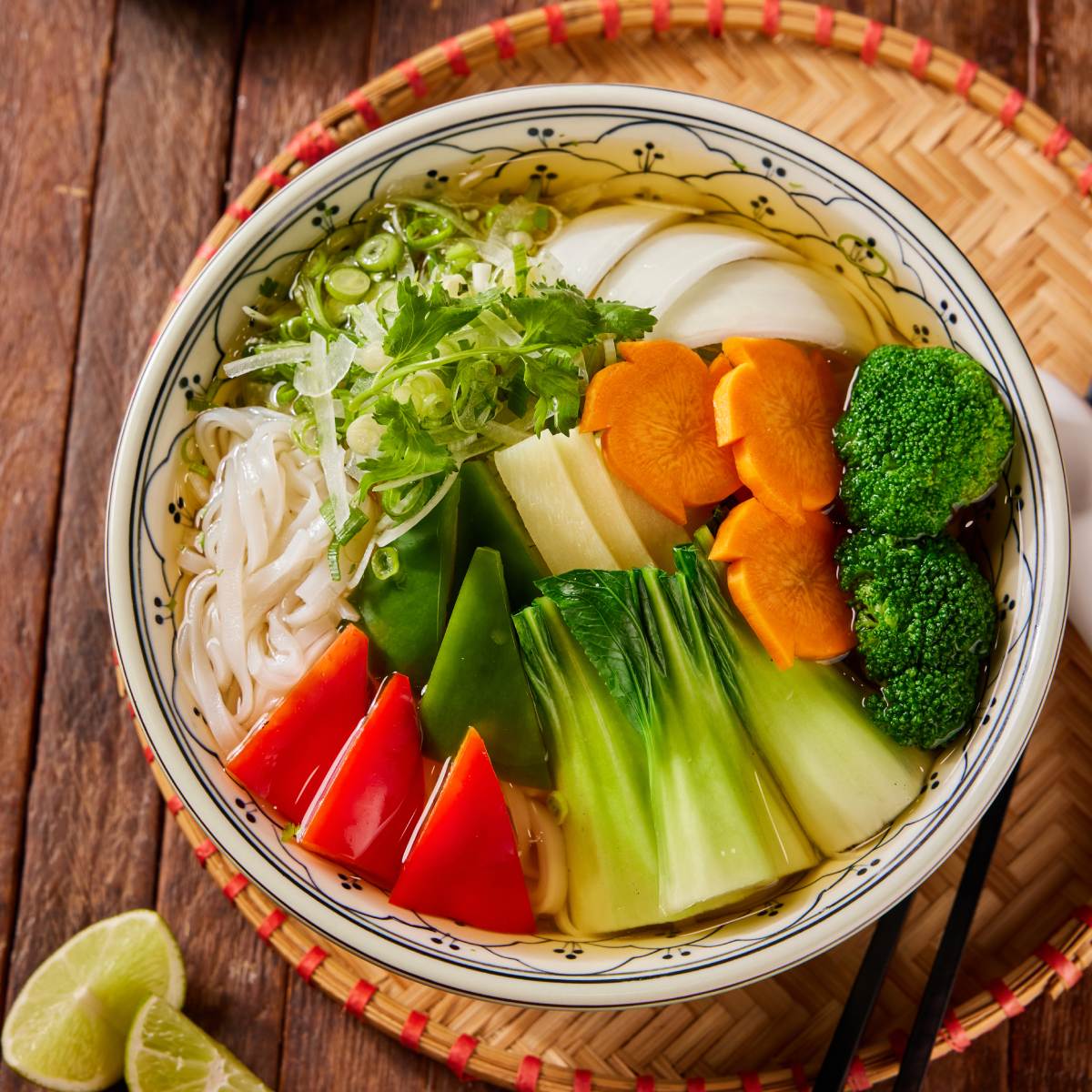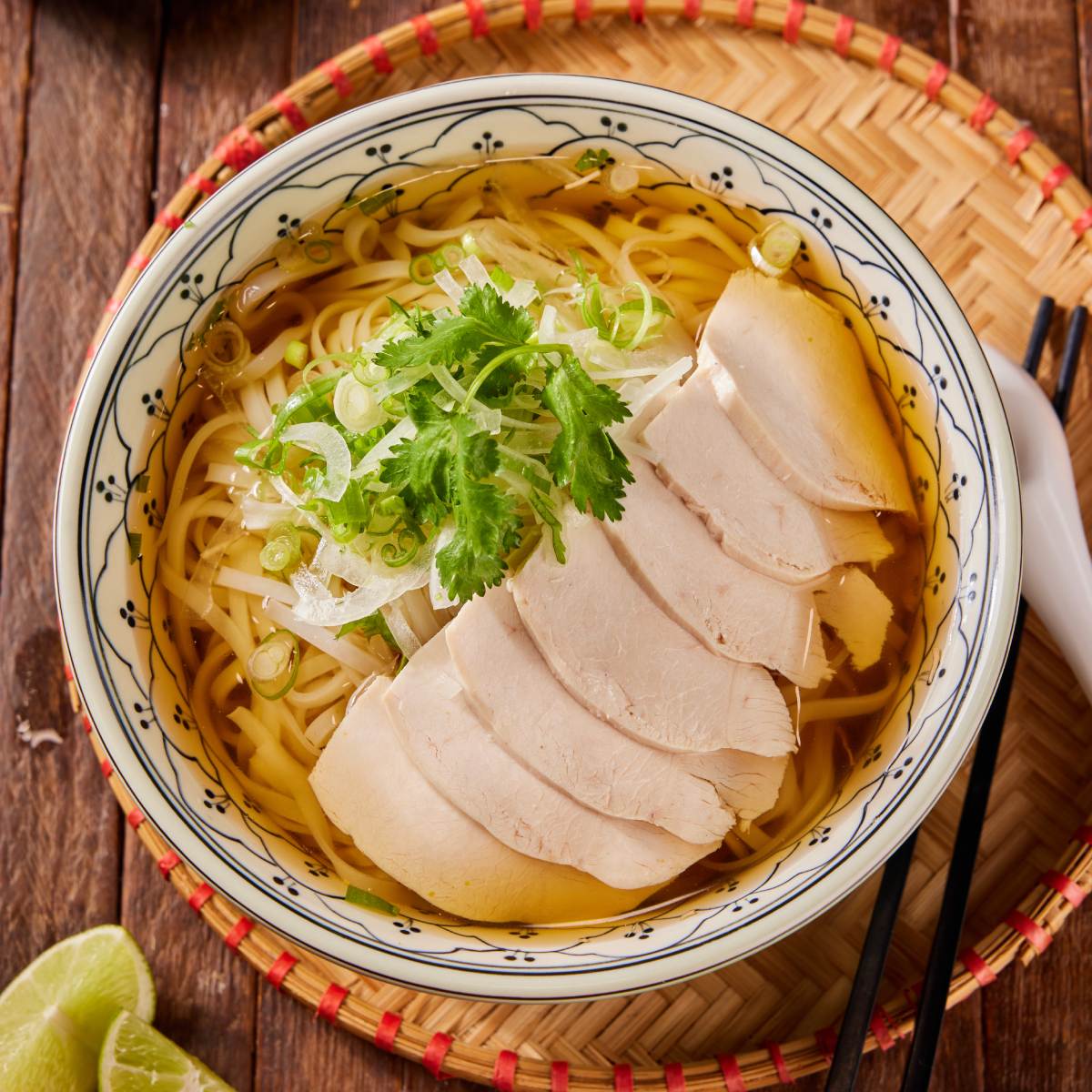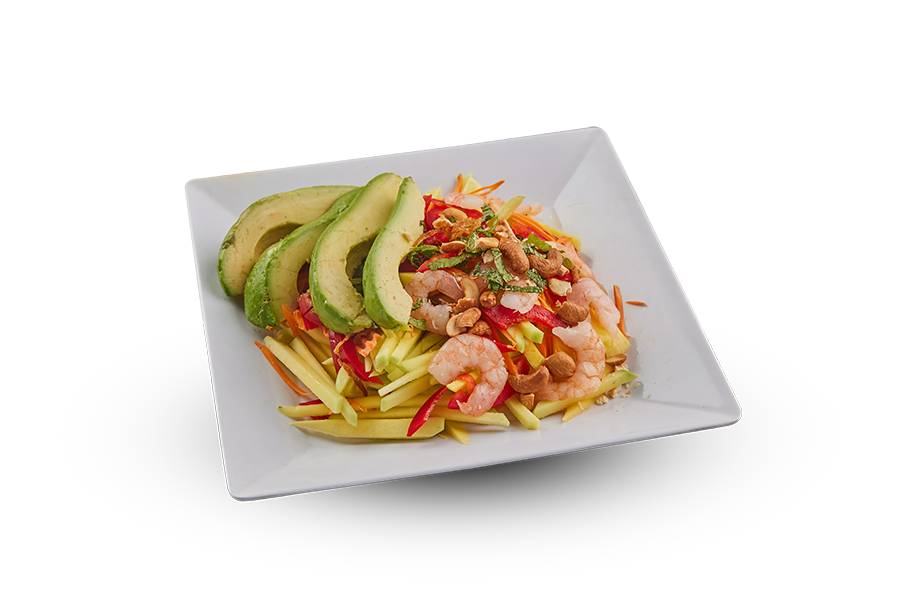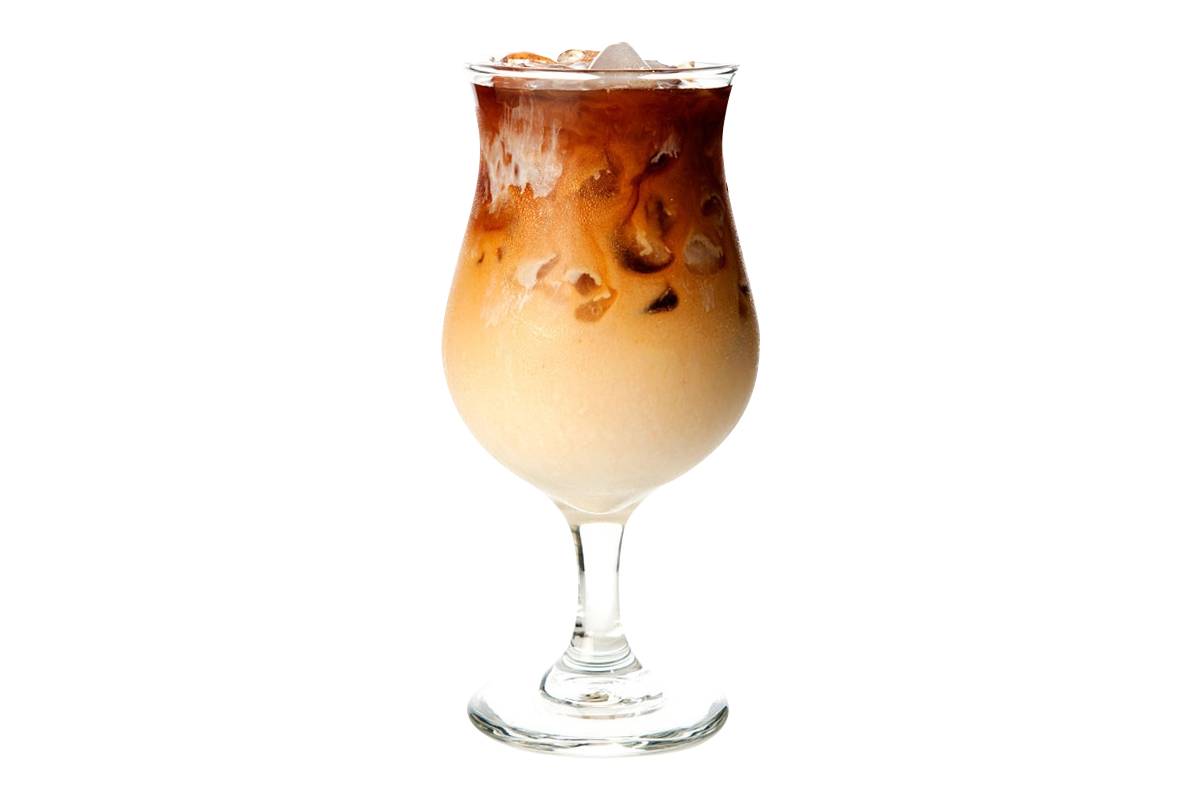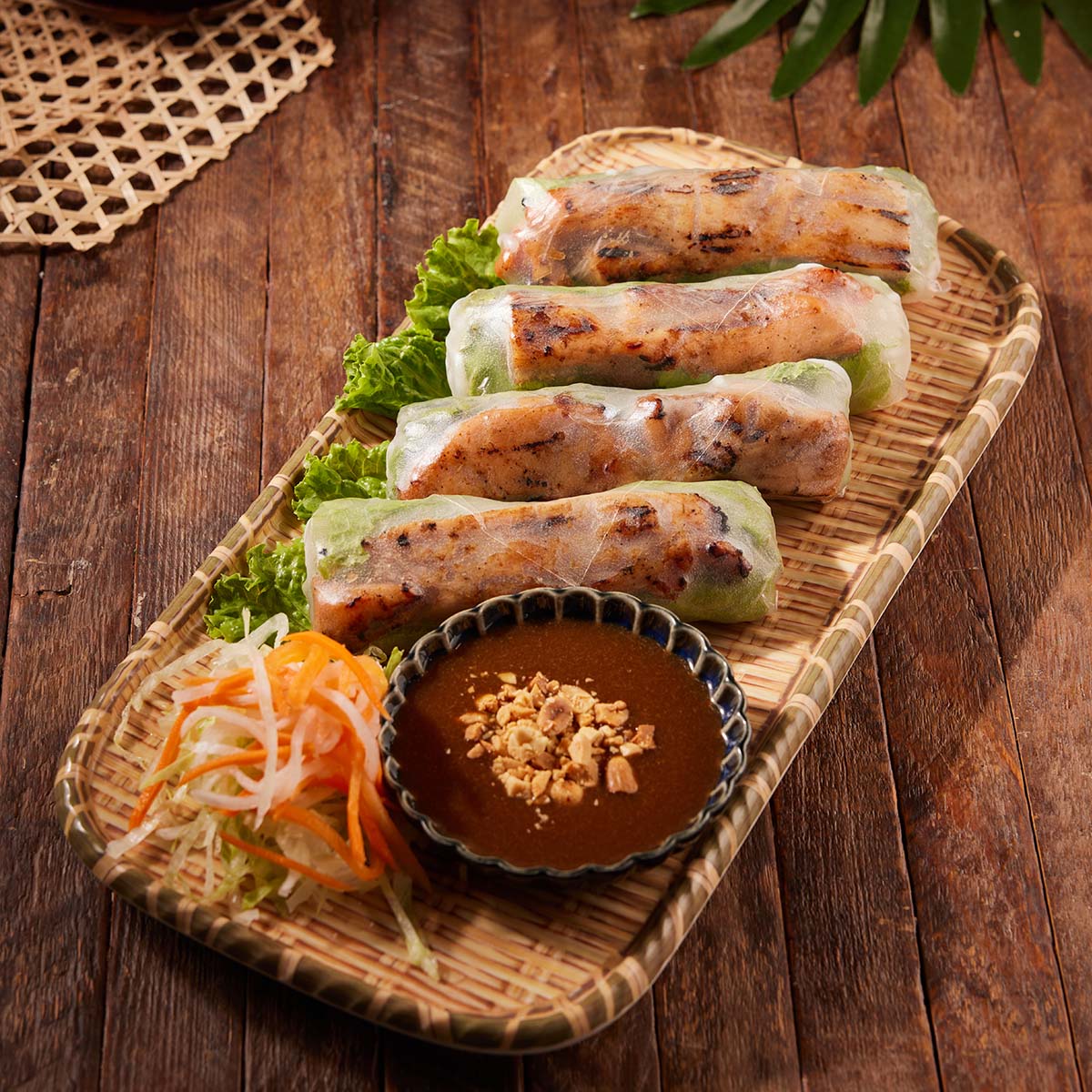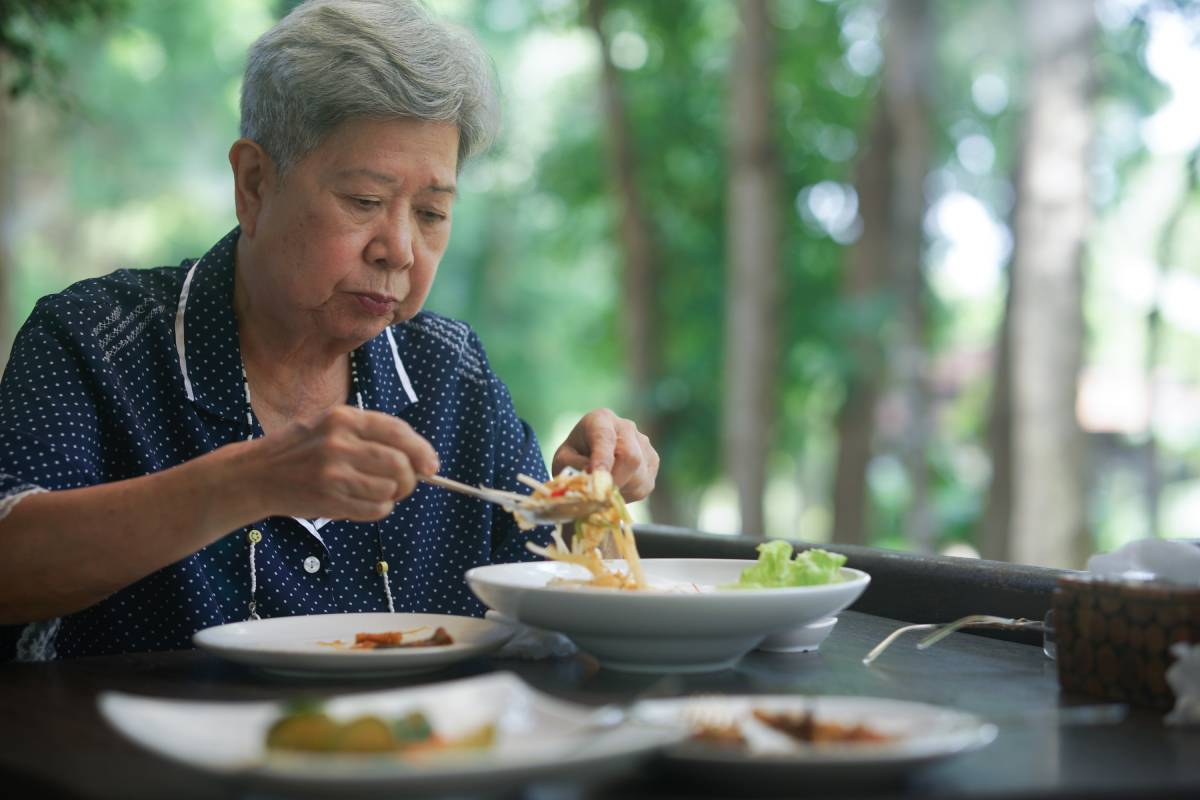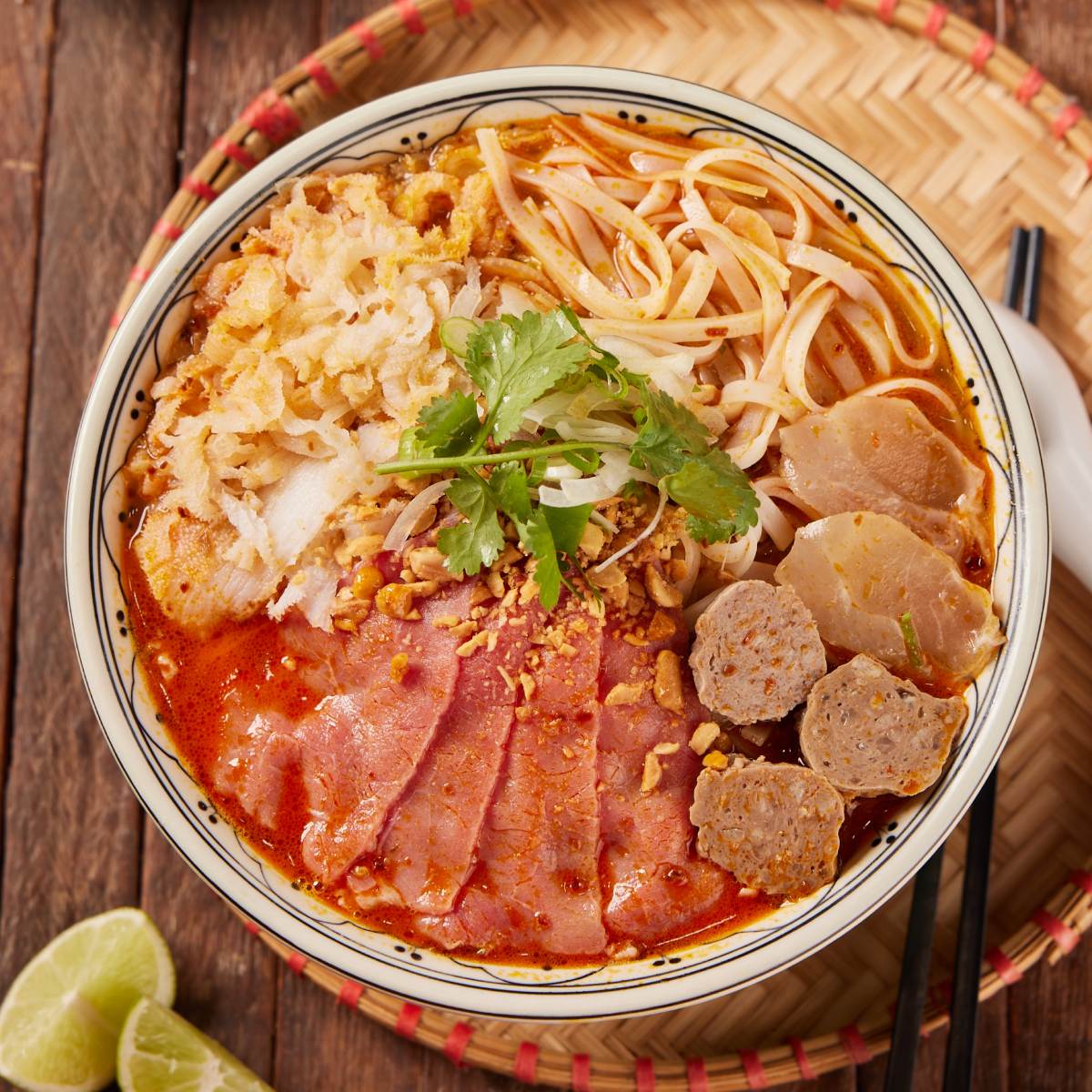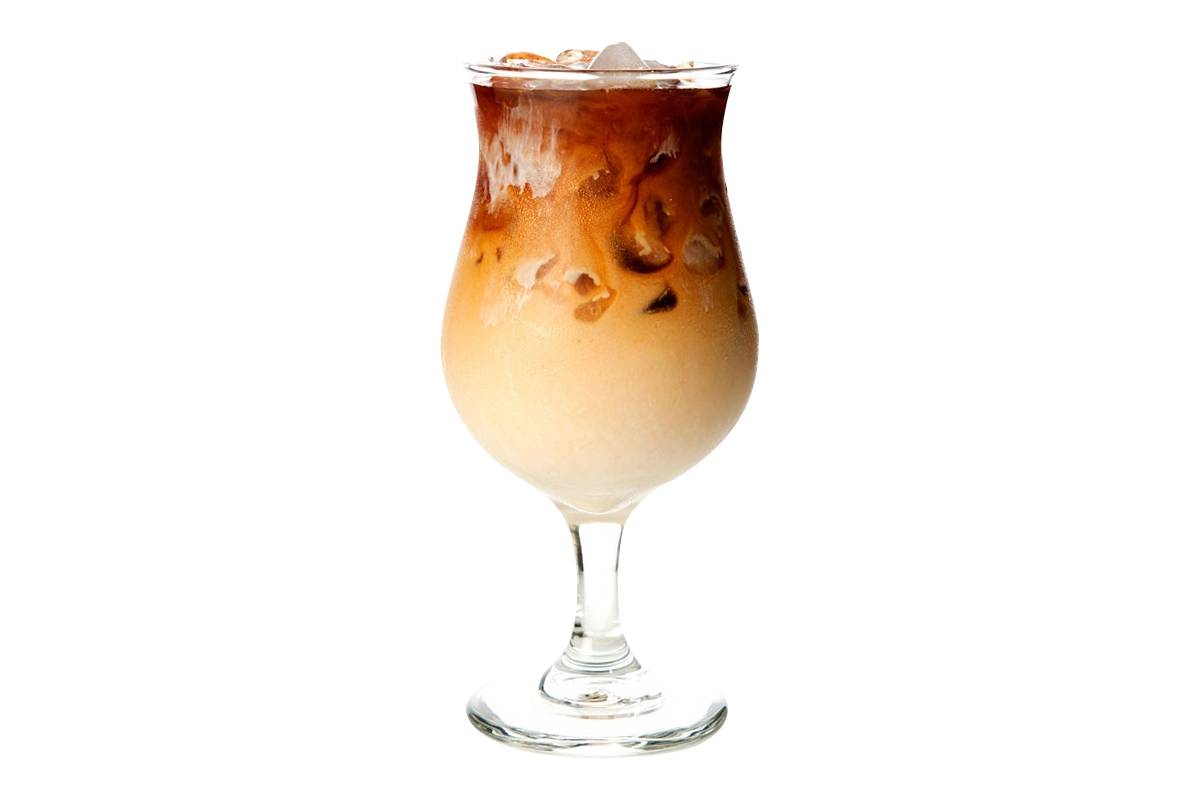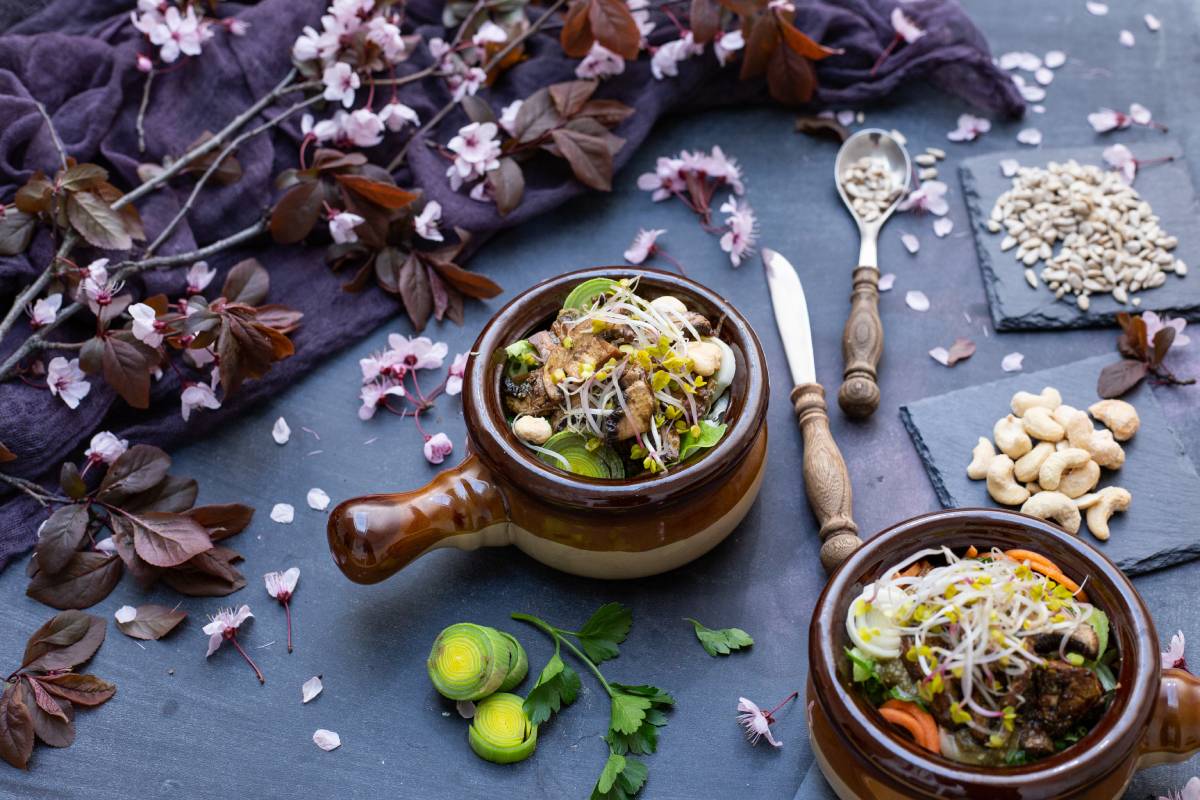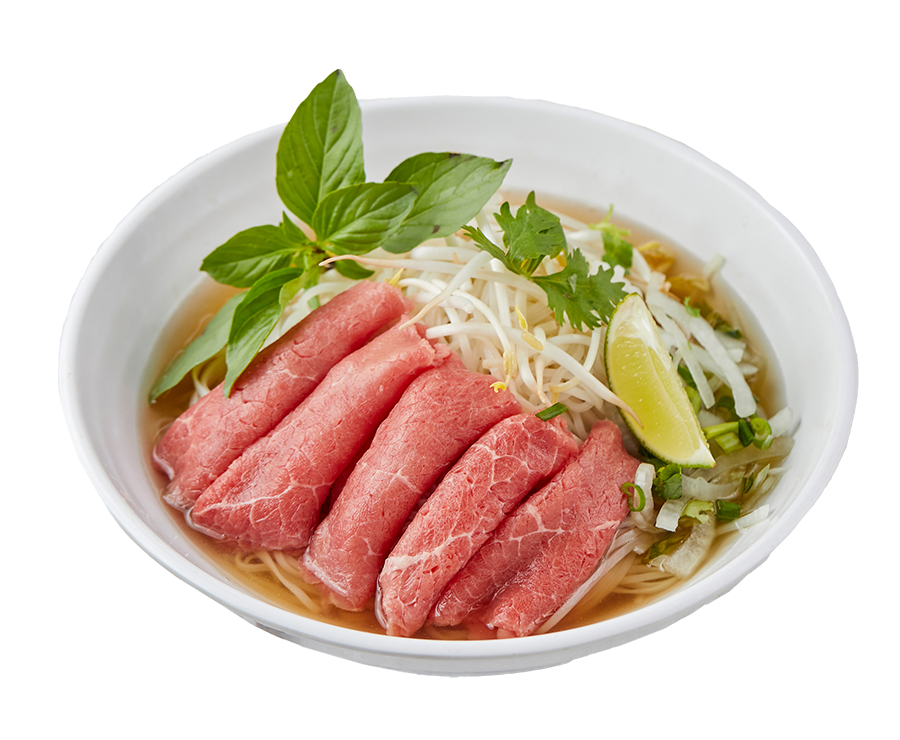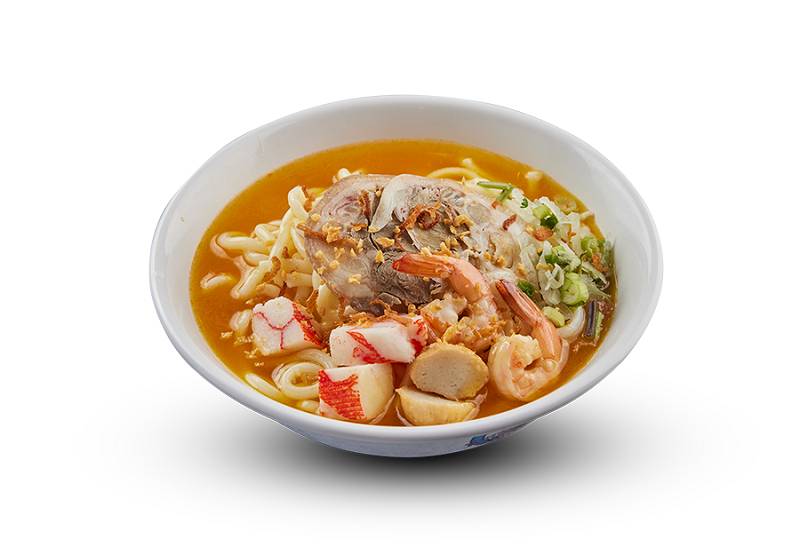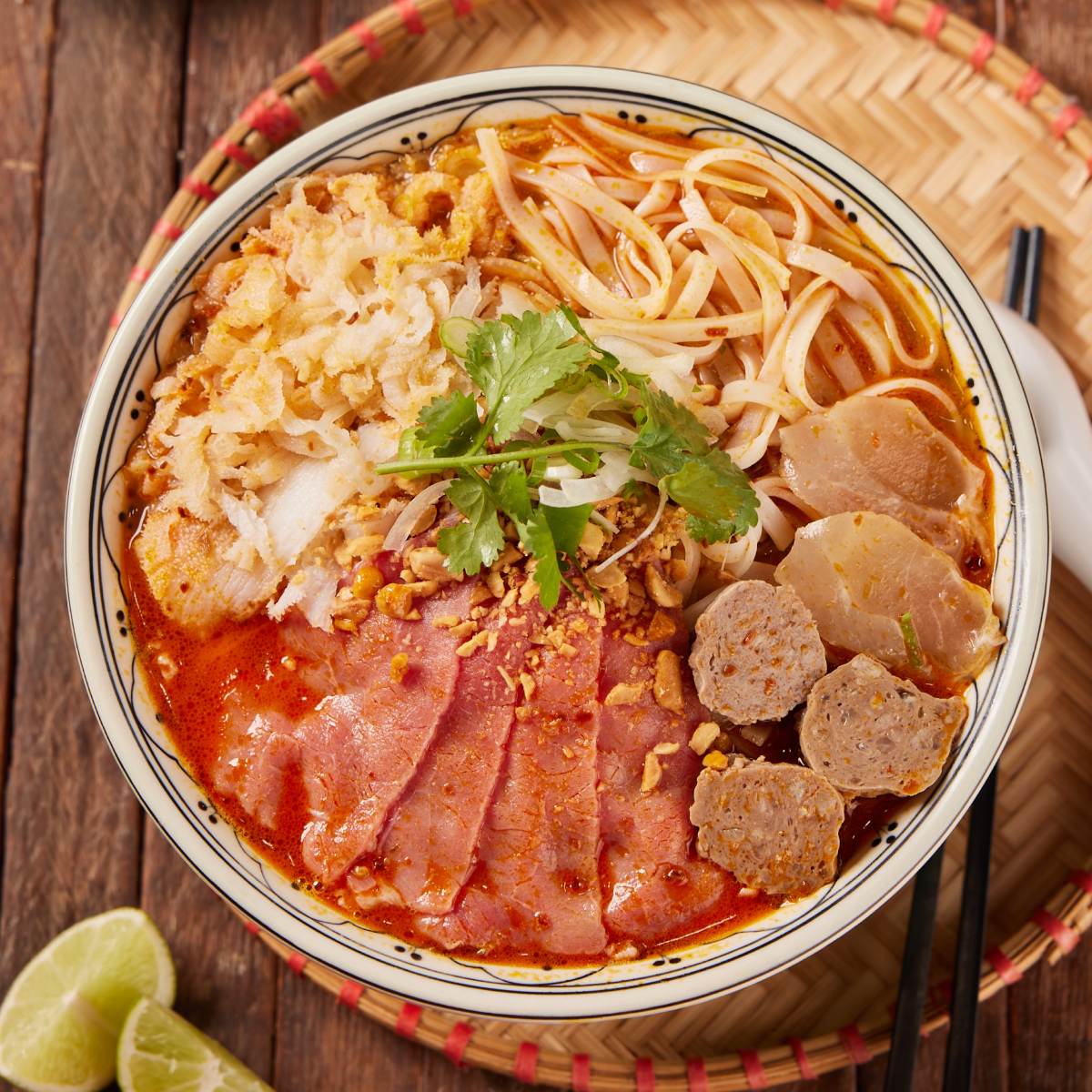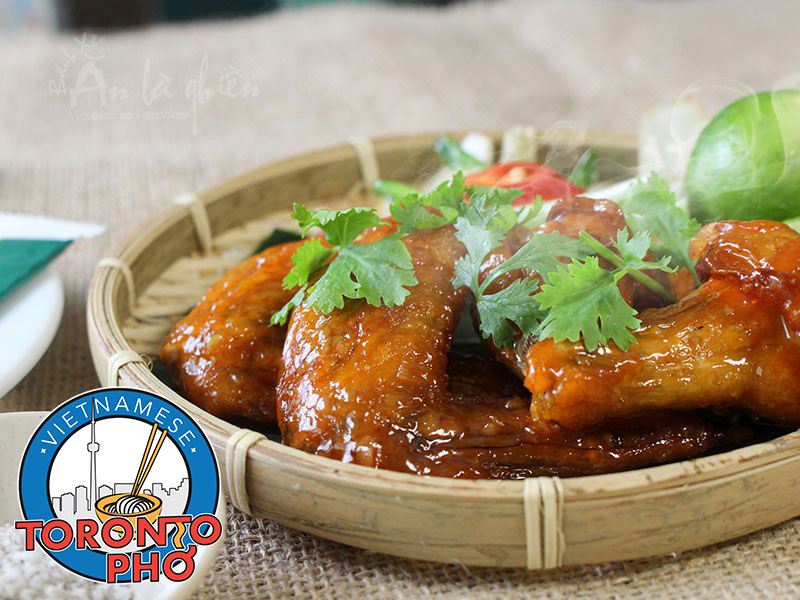
So much ends up blended in East Asian cuisine, with some Vietnamese dishes being inspired by Chinese and vice versa. There are also influences drawn from the French which maintained colonial power in the region for years. There’s a lot of tasty appetizers brought to the West you likely don’t know that originated in Vietnam or Vietnamese cooking. Here are just our top 3 favourites!
Fish sauce chicken wings
If anyone ever brings up Vietnamese chicken wings, what they’re referring to are fish sauce chicken wings. For as much as we love our chicken wings in Toronto, fish sauce chicken wings have cult status in Vietnam. Brined, fried, and glazed to be sticky, sweet, and spicy in all the right ways, these Vietnamese wings bring together a mix of Vietnam cooking and Thai-esque ingredients.
These wings are perhaps the only thing on this list that is purely Vietnamese, with no outside influence from another culture. They’re crispy and chewy, lacquered in fried caramelized garlic and chili paste, and when combined with fish sauce, they’re a home run. Few Canadian cooks serve it like this and you certainly won’t find any Toronto restaurants with Vietnamese chicken wings like ours.
Read more: 3 Quick bites and Tasty Treats You May Not Know Come From Vietnamese Cuisine
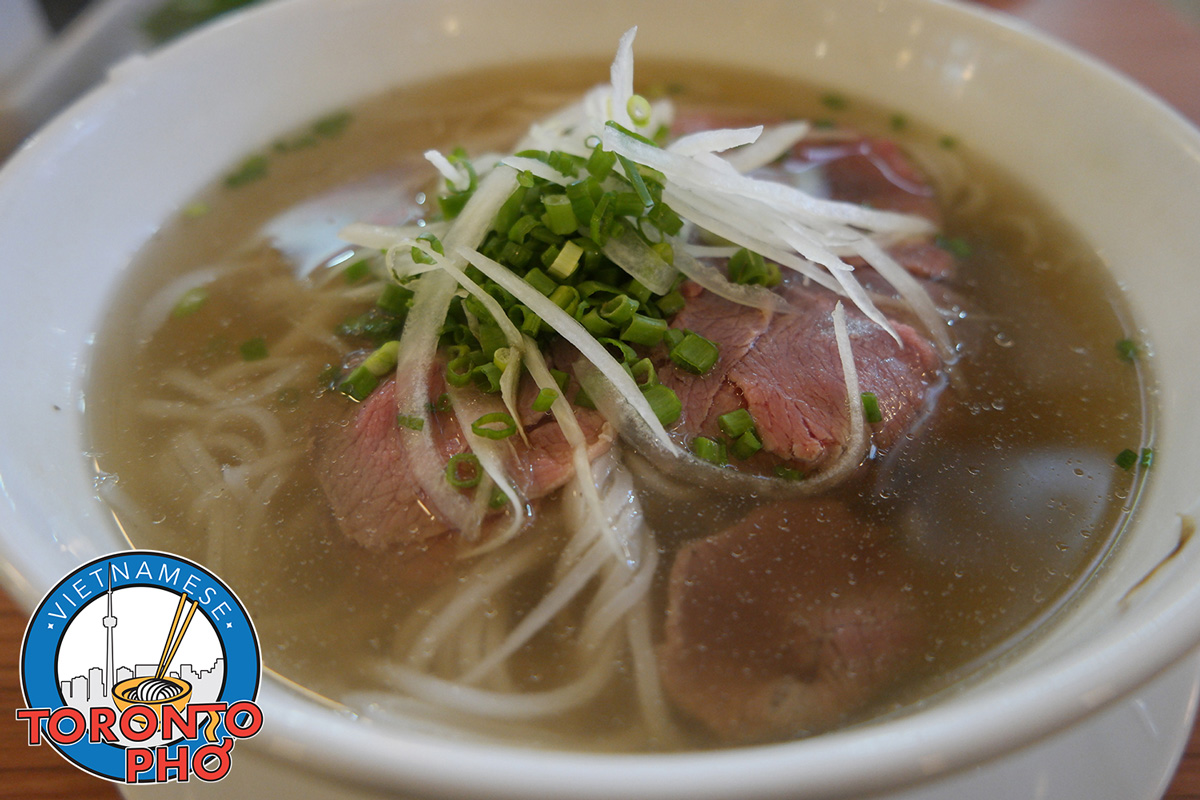
Jerry Mai is a well-known chef, operating both the Annam and Pho Nom restaurants in Melbourne, Australia. Her restaurants offer Australians a chance to try out some of the myriad of street food dishes that have come to dominate the modern cuisine culture of Vietnam. These street foods have been a longstanding tradition in Vietnam, and Jerry Mai brings this unique cultural cuisine heritage to the Australian restaurant scene. Among the many dishes served is pho, a delicious Vietnamese noodle soup.
Jerry Mai was born in Vietnam and moved to Australia as a child. She grew up there and then returned to Vietnam when she was 15. When there, she become enamoured with the abundance of street food stalls found throughout the country. The food stalls were a stark contrast to the formality of Australia’s restaurant culture. To this day, Mai visits Vietnam often to enjoy the cuisine scene. She has published a book called Street Food Vietnam, presenting many traditional street food recipes from her birthplace. Her recipes cover so many of the traditional recipes with her own unique spin.
Read more: How to Make the Perfect Pho Broth, Guided by Vietnamese Chef Jerry Mai
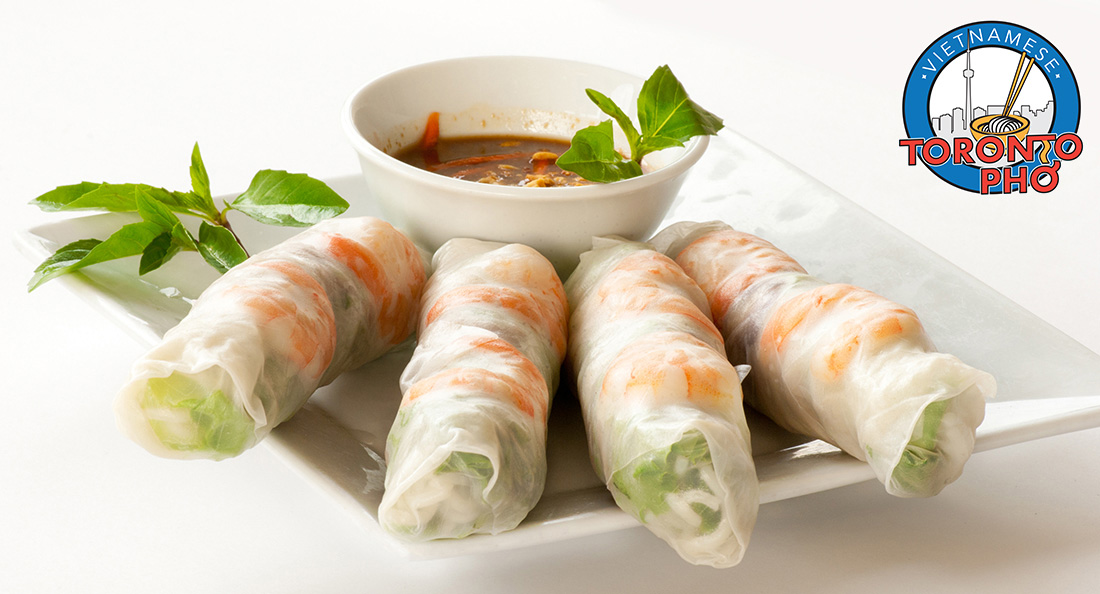
‘Banh cuon’ is considered a Vietnamese delicacy. The delicious noodle sheets involve a very elaborate preparation, further adding to their mystique. Many in the West are unfamiliar with this dish and it is often approximated to people as simply ‘Vietnamese ravioli’. This analogy really fails to get the essence of the dish across.
Banh cuon is traditionally made in Vietnamese cuisine with a mixture of water, ground rice, and tapioca. The noodles are known for their high moisture content relative to other similar dishes. This leads to a distinct smoothness and stretchiness the make up a part of the dish’s appeal.
These elaborate noodles are viewed by many as being underappreciated. While most can understand the work and skill that would go into artisanal ravioli, banh cuon is largely unheard of. This leads to the dish typically selling for much lower prices than other foods requiring similar craftsmanship. The wide rice noodles are filled with a variety of different fillings. Typically, this filling is a delightfully seasoned pork along with the hearty wood ear mushroom. They also often contained minced shallots. It offers a very unique taste that speaks to its meticulous construction.
Read more: Where do Banh Cuon, Vietnamese Rice Rolls, Come From and the Science of Making Them
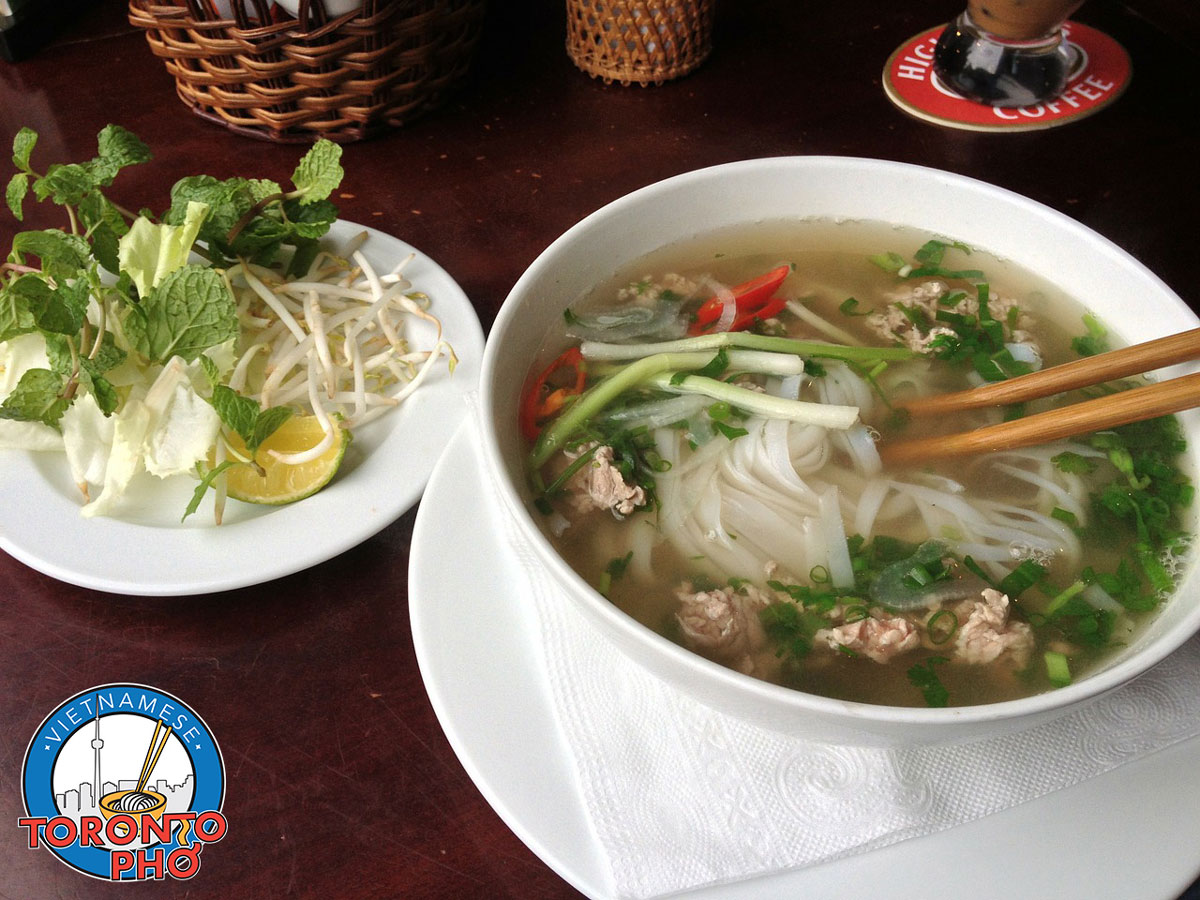
Vietnam is well known across the globe for its cuisine. The nation has a long and rich history, across which many unique and tantalizing recipes have been produced. While many are drawn in by the fine dining establishments of Vietnam’s major cities, street food is beginning to draw people’s attention. Vietnam offers a variety of different traditional street foods and has a modern street food industry much like many other nations. These dishes draw in many tourists each year, and they often find themselves coming back for more. Here are some easy recipes to enjoy at home.
Mi Sui Cao
Mi sui cao is a dish consisting of prawn dumplings and egg noodles. It’s a great favorite enjoyed by many. The dumplings are filled with a mixture of prawn meat, spring onion, wood ear mushrooms shallots, garlic, white pepper, fish sauce, and sugar. Around a teaspoon of this filling is placed in each wonton skin. The dumplings are then boiled in a chicken broth for around five minutes. Egg noodles are then cooked separately and seasoned with garlic oil. The dumplings are then laid out on top of the cooked noodles along with a big serving of sliced barbecue pork.
Read more: 4 Easy-to-Make Vietnamese Street Food Recipes You Can Enjoy from Home
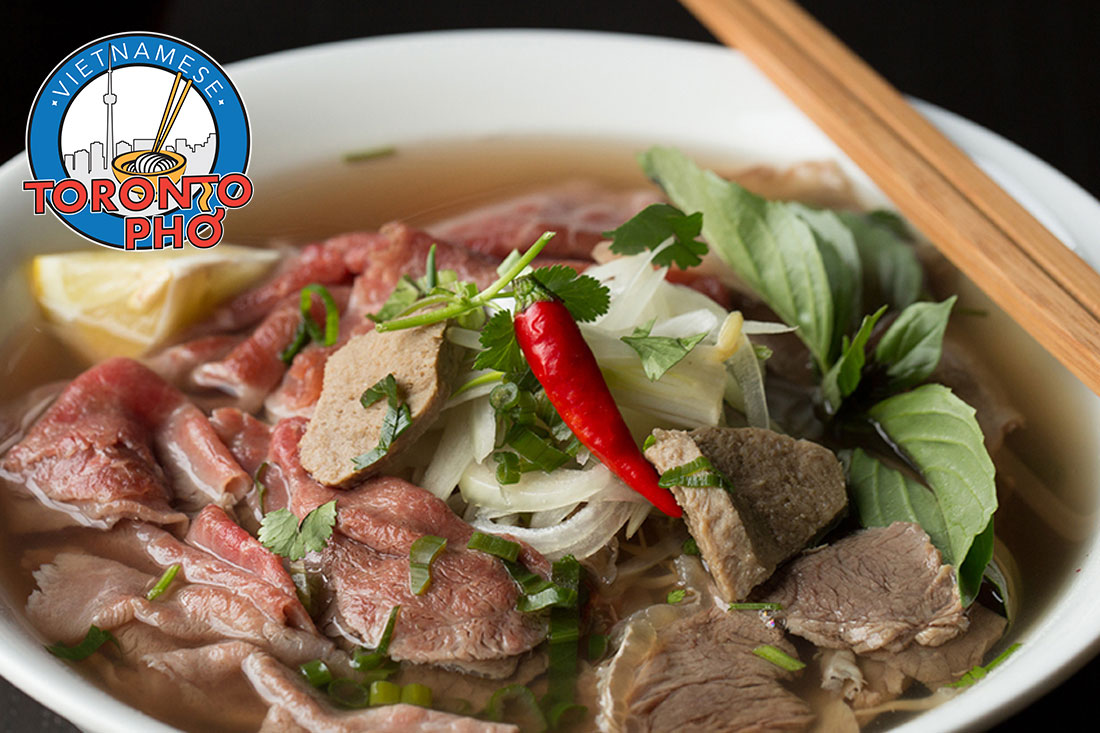
The heritage of Vietnamese cuisine comes with a storied past, compromising of centuries of history. It’s not uncommon for pho to be the first thing that comes to mind when we think of Vietnamese cuisine. Naturally! Pho is absolutely delicious. There’s so much more to Vietnamese food though.
Vietnamese food has aromas hard to forget coming from its broths, spices, herbs, and the freshness of its dishes. The spices in particular are something immediately identifiable in any breakfast, lunch, or dinner. Vietnamese cuisine also builds a lot from balance. In meals, when there’s something sweet, you’re also bound to have something sour to counteract it. The same can be said for dishes hot and cool, cooked and raw, or crispy and smooth. Foods in ethnic cuisine are all about bringing in different flavors to leave the eater with a properly balanced meal.
Getting down into the nitty gritty of Vietnam’s most popular foods, a lot of these come from proximity and what was realistically available to the people of Vietnam for so many years. Fish sauce, for example, made use of the significant amounts of fish on the Vietnamese coast. Soy sauce, rice, and herbs and spices such as lemongrass, lime, and kaffir lime leaves are all either borrowed from neighbouring countries or originated in Vietnam. Some of the meats relied on in Vietnamese cooking are pork, chicken, seafood, shrimp, and cockles. Beef is also very, very common when making pho soup, as a delicacy in Vietnam.
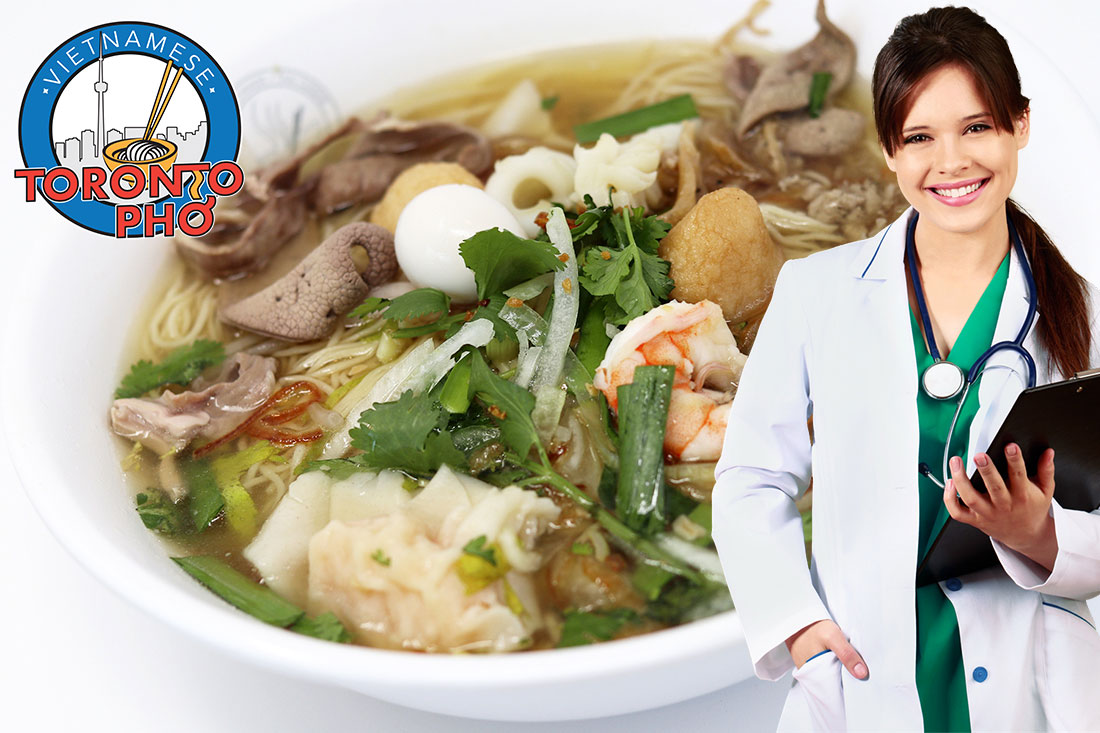
A hearty Vietnamese soup praised for being a healthy, well-balanced meal with a sufficient source of protein, some carbs, vegetables, and herbs and spices. In a nutshell, that’s pho’s reputation. But how healthy is pho actually? To find out we look to how its made and the ingredients used to deliver its filling flavours.
Pho is usually prepared from a beef broth, from bones, some ginger, onions, and usually other spices. The ‘banh pho’ rice noodles are added, in addition to herbs like cilantro and basil. Thinly sliced meats of some kind are incorporated and from there, toppings like bean sprouts, vegetables, or chili pepper can be added in.
Pho has made its way all over the world, from Vietnam to Canada. The trouble with trying to measure the health benefits of pho is that it can be different according to its customization. An example of this involves the protein source. Beef is a red meat as opposed to seafood, each coming with their own health benefits. Assuming you use tofu or a vegetarian-based meat replacement, that can also increase or decrease certain nutritional components.
Read more: Is Pho Healthy? See the Health Benefits of Pho and The Potential Complications As Well
More Articles ...
Page 44 of 54

